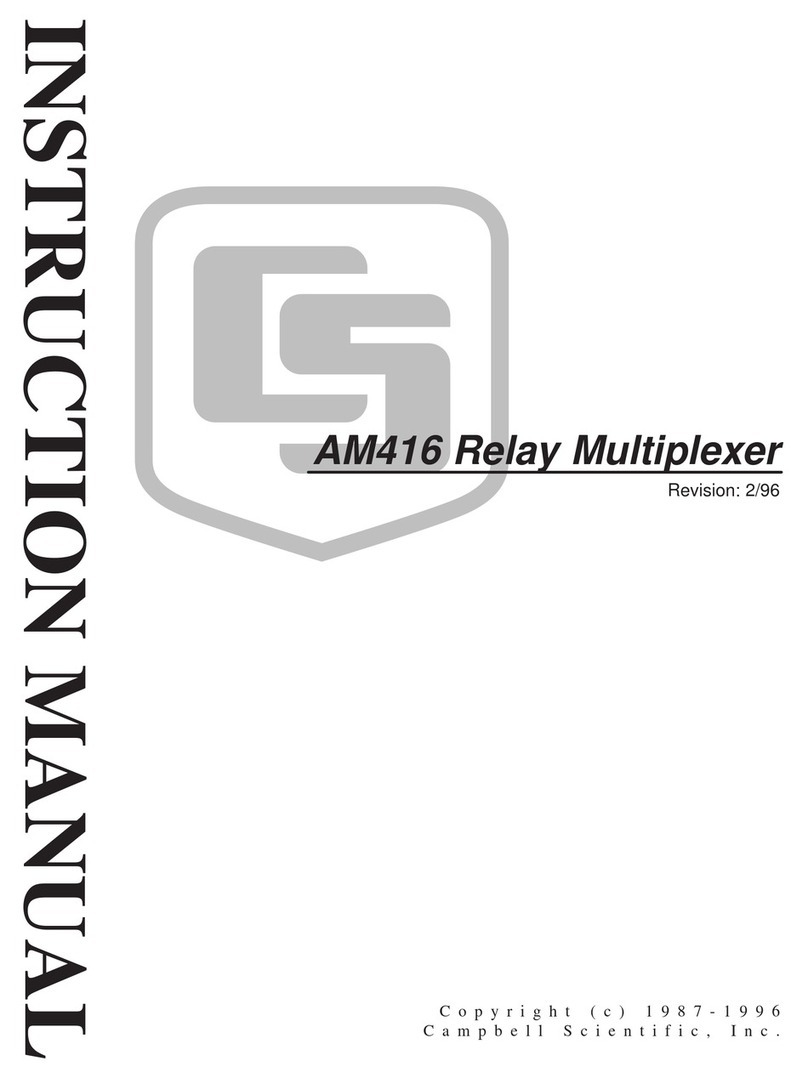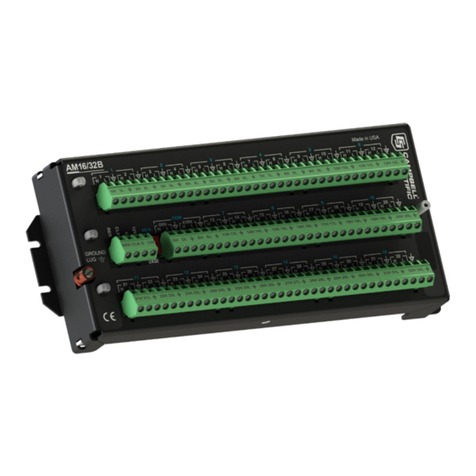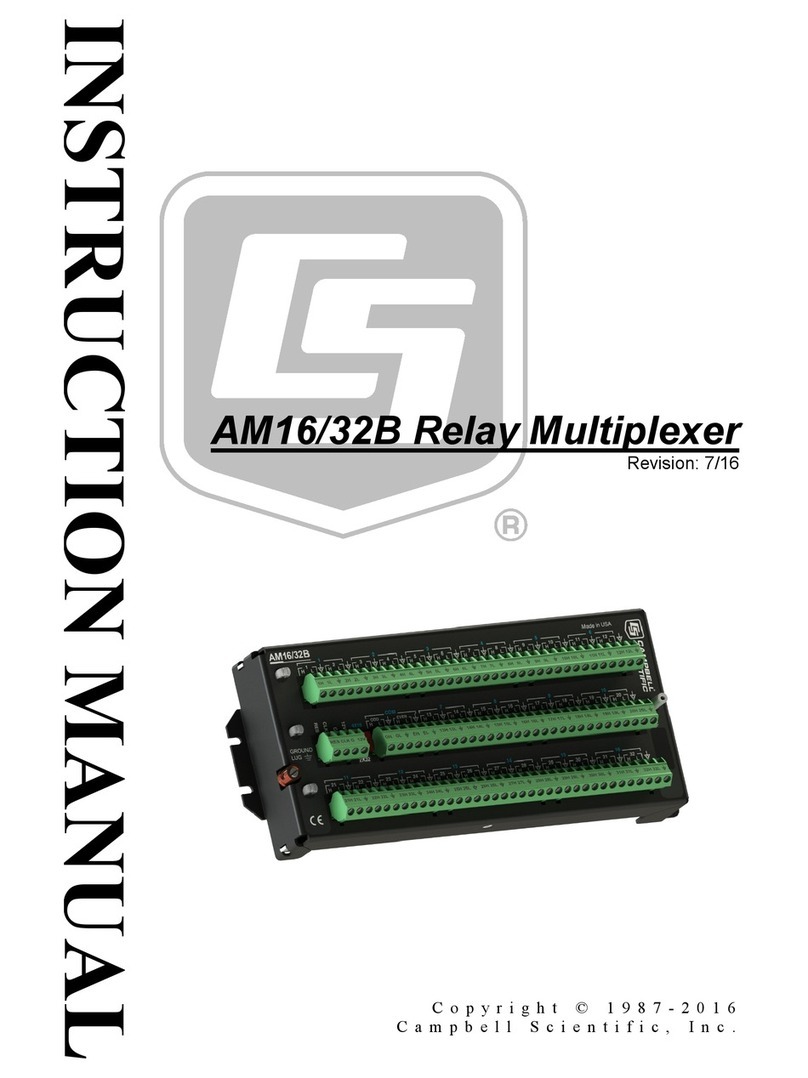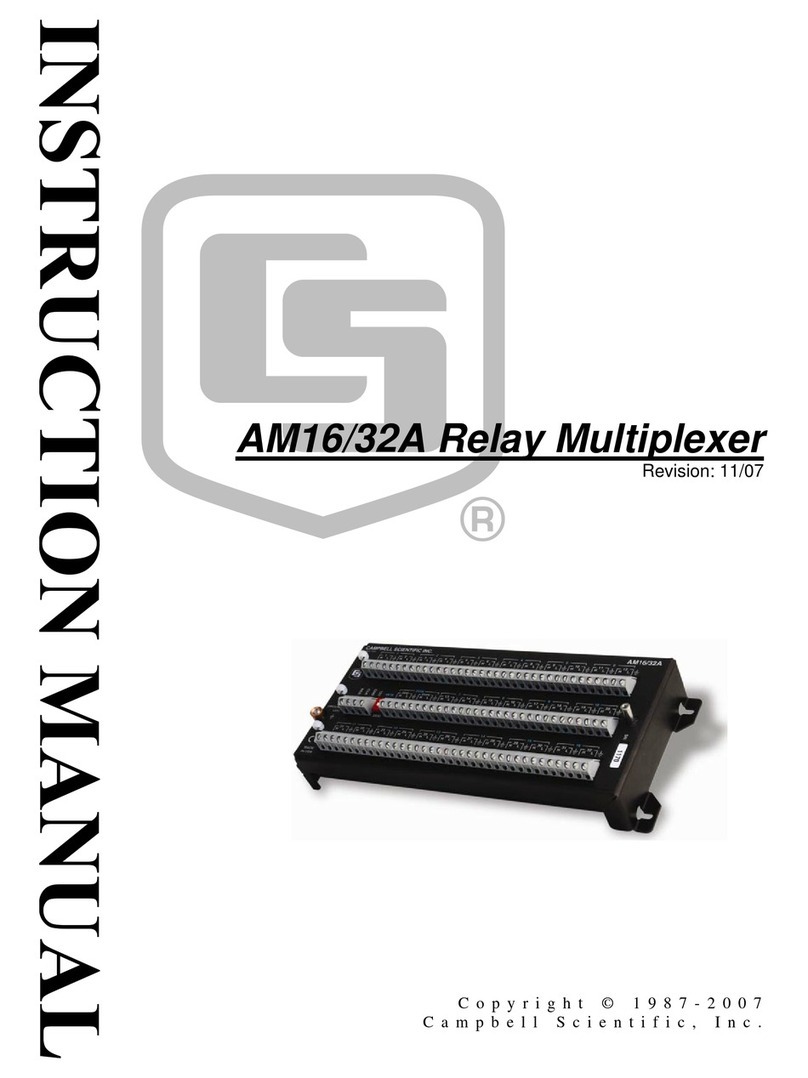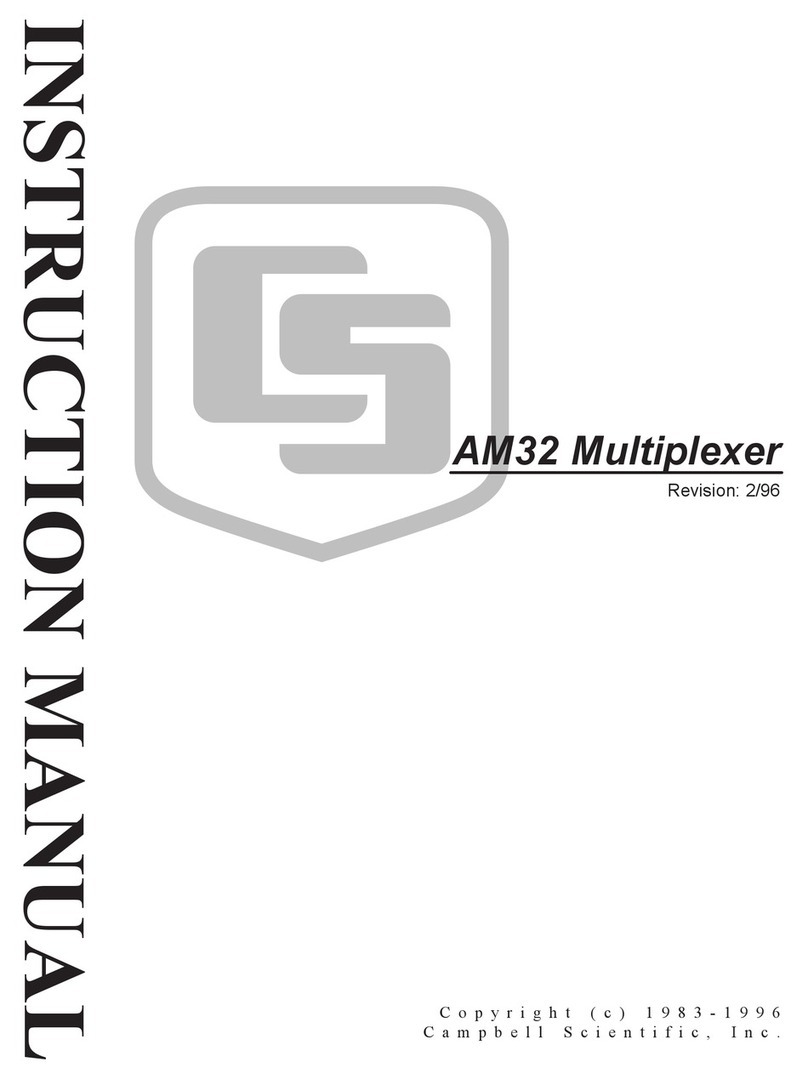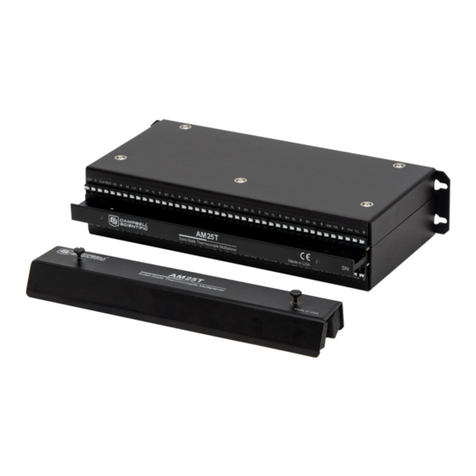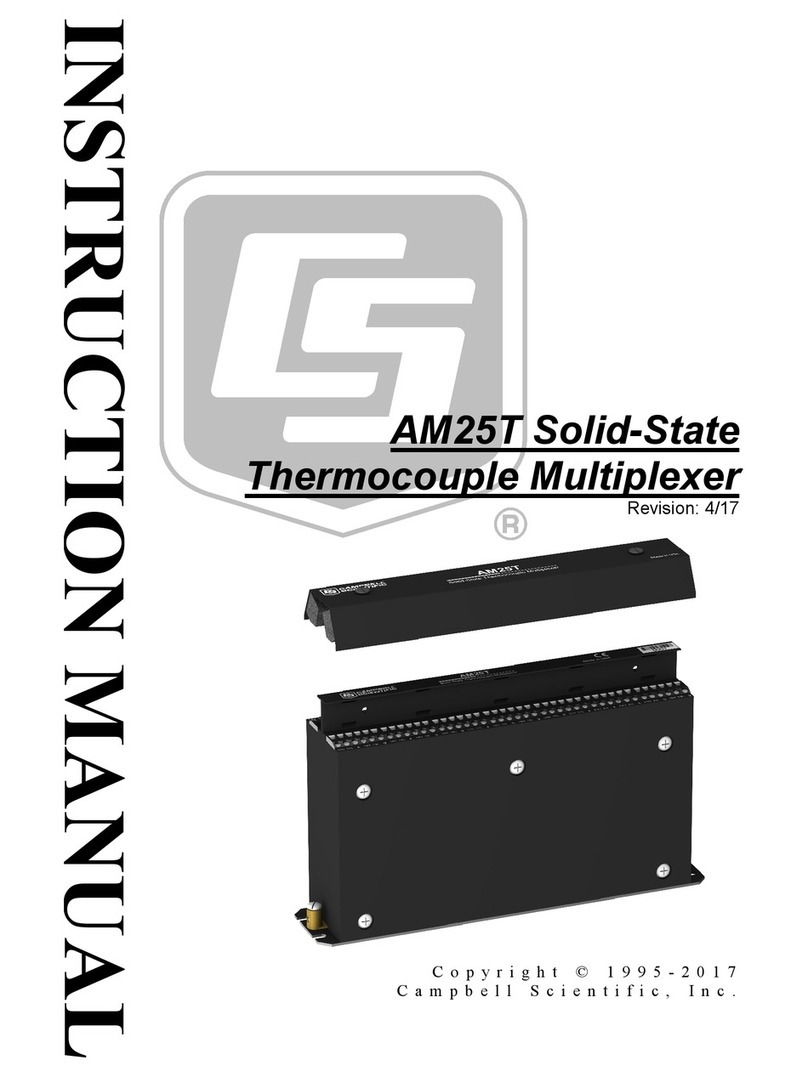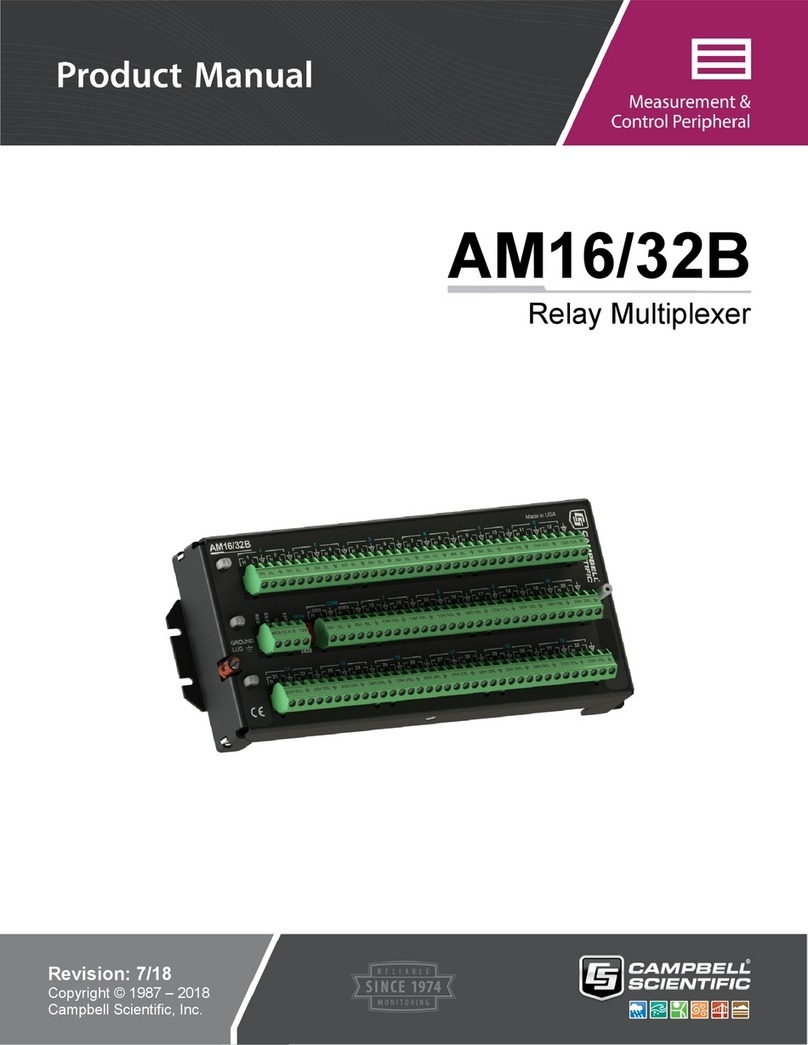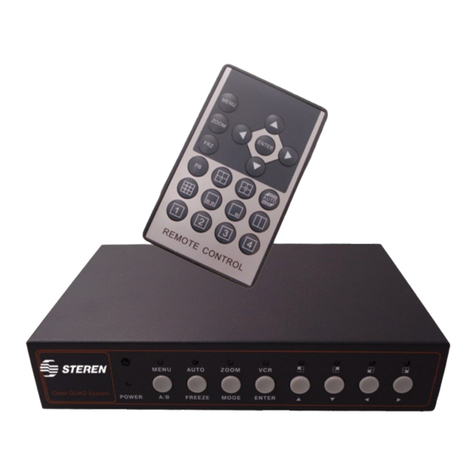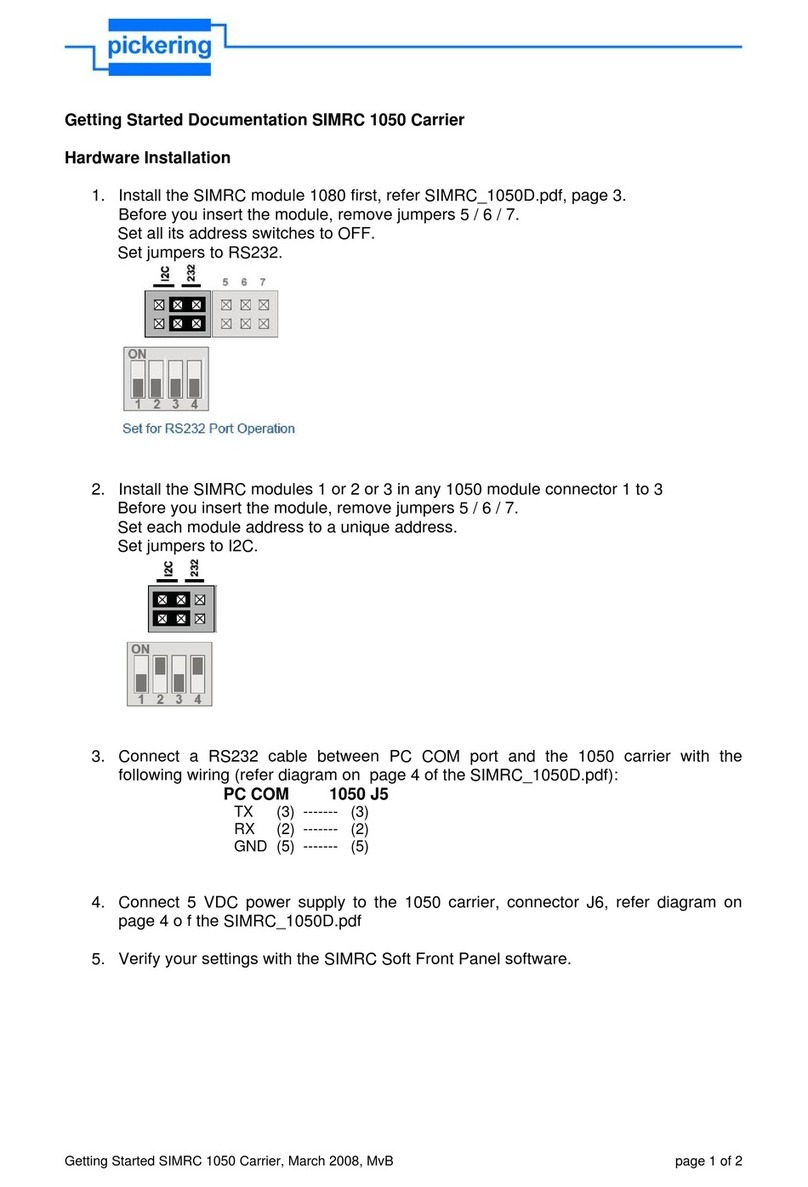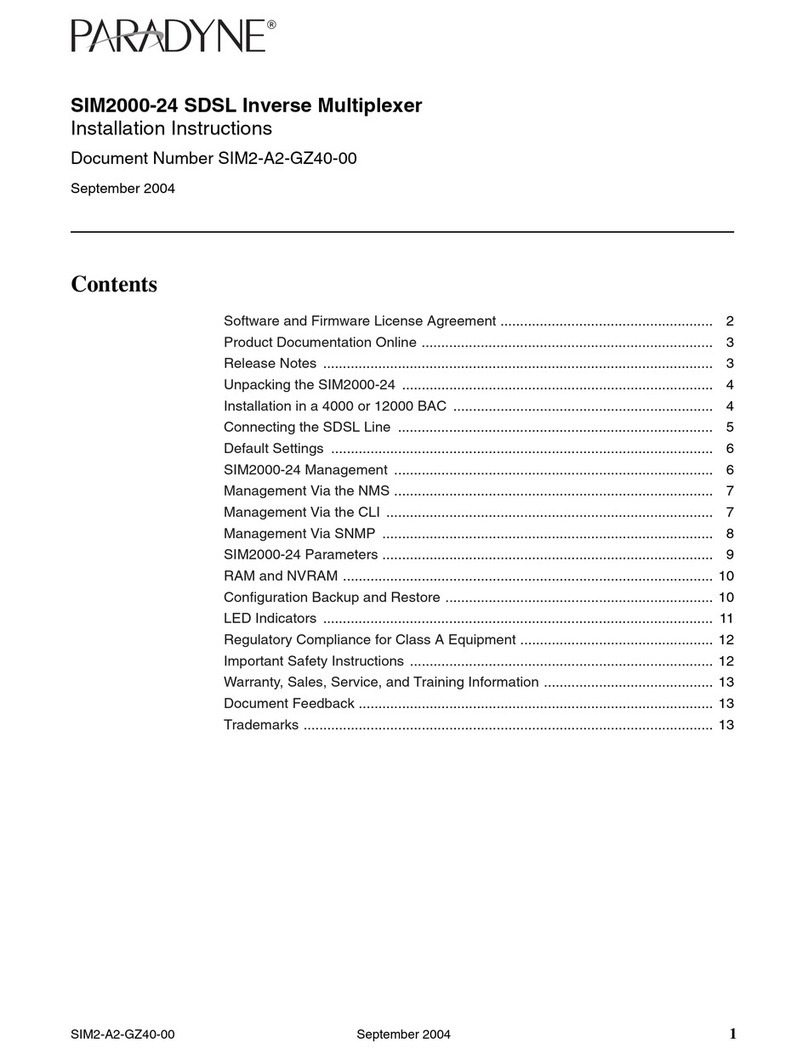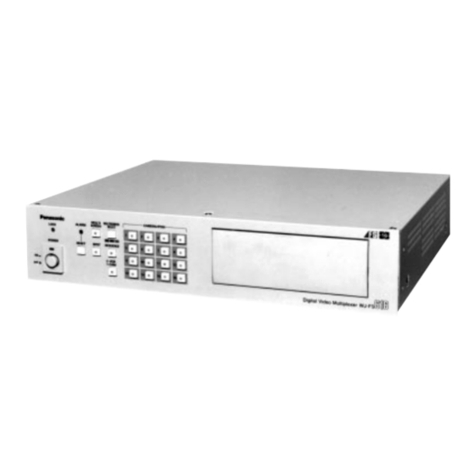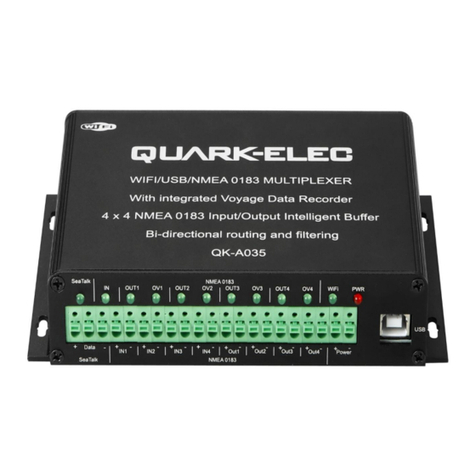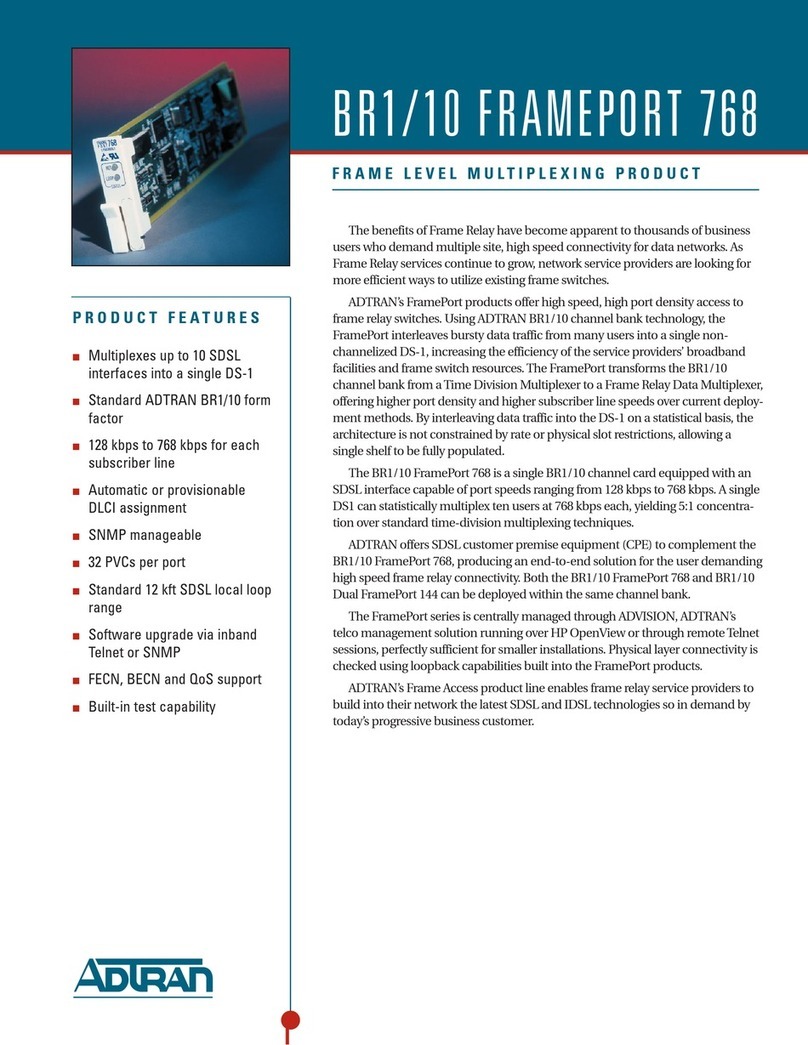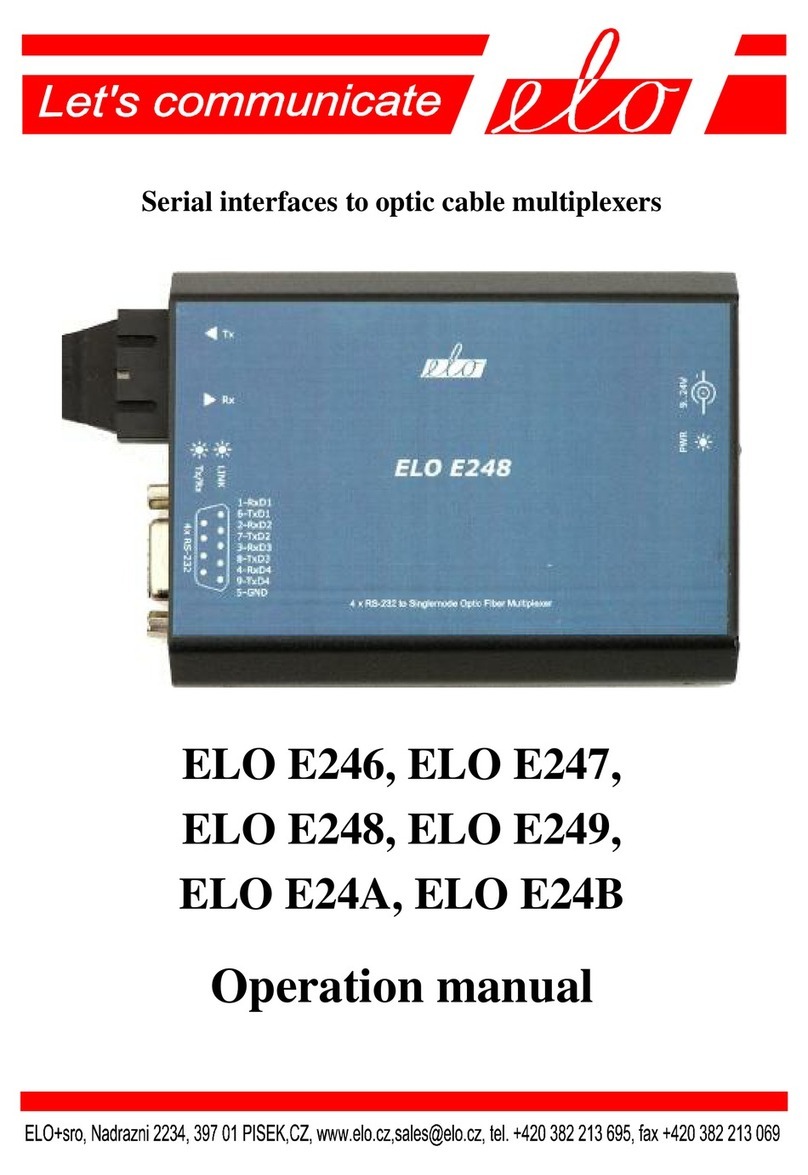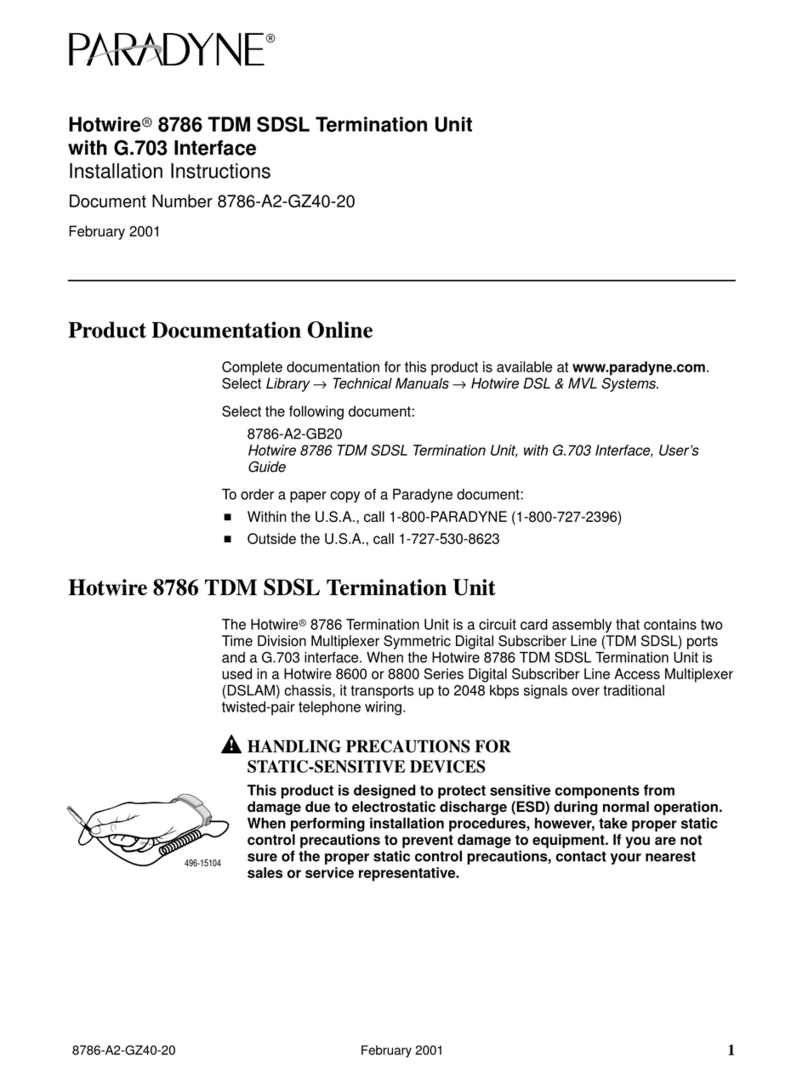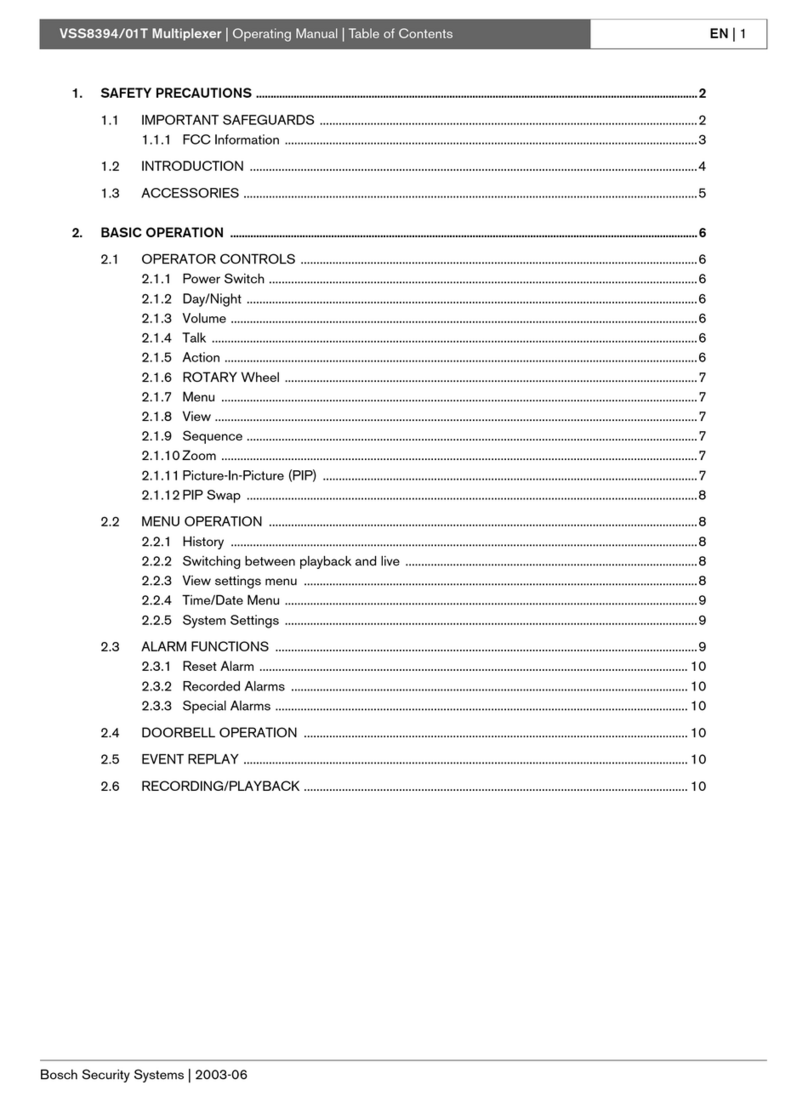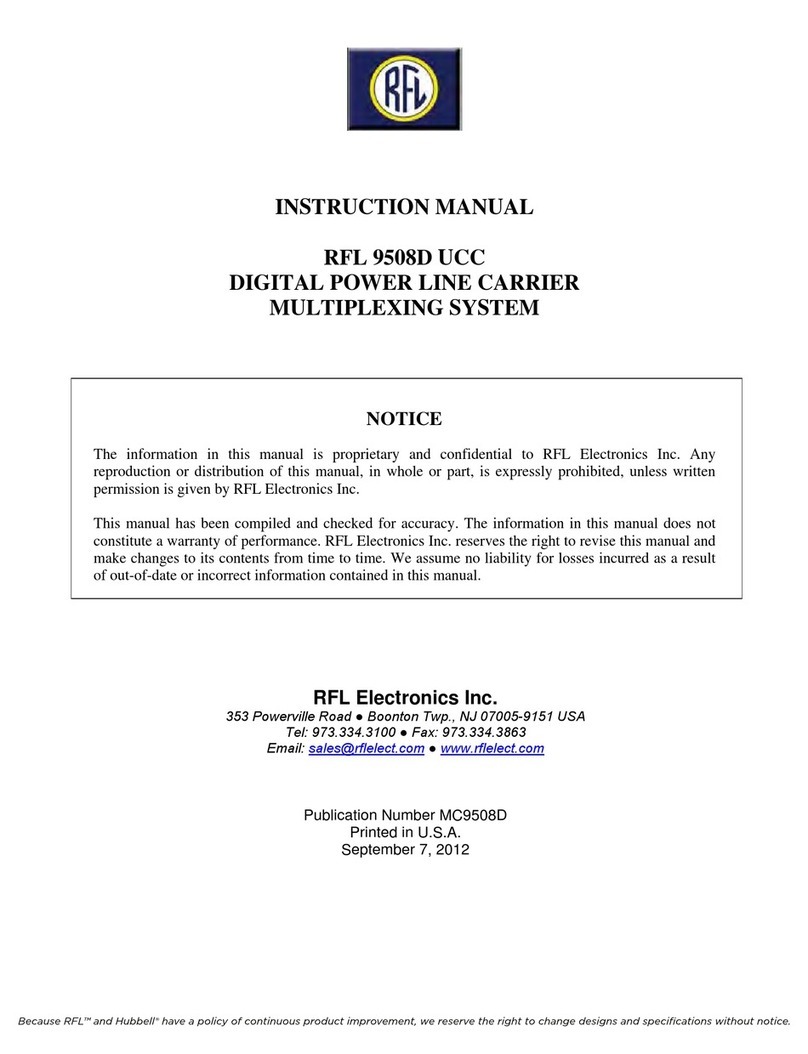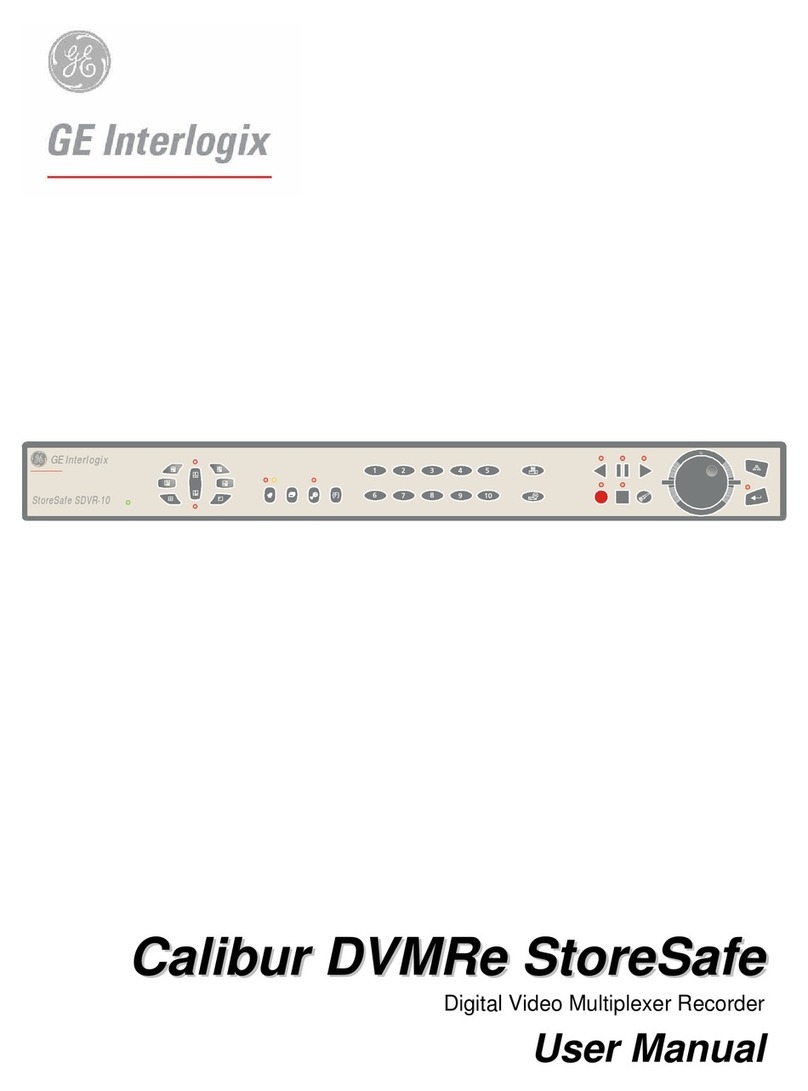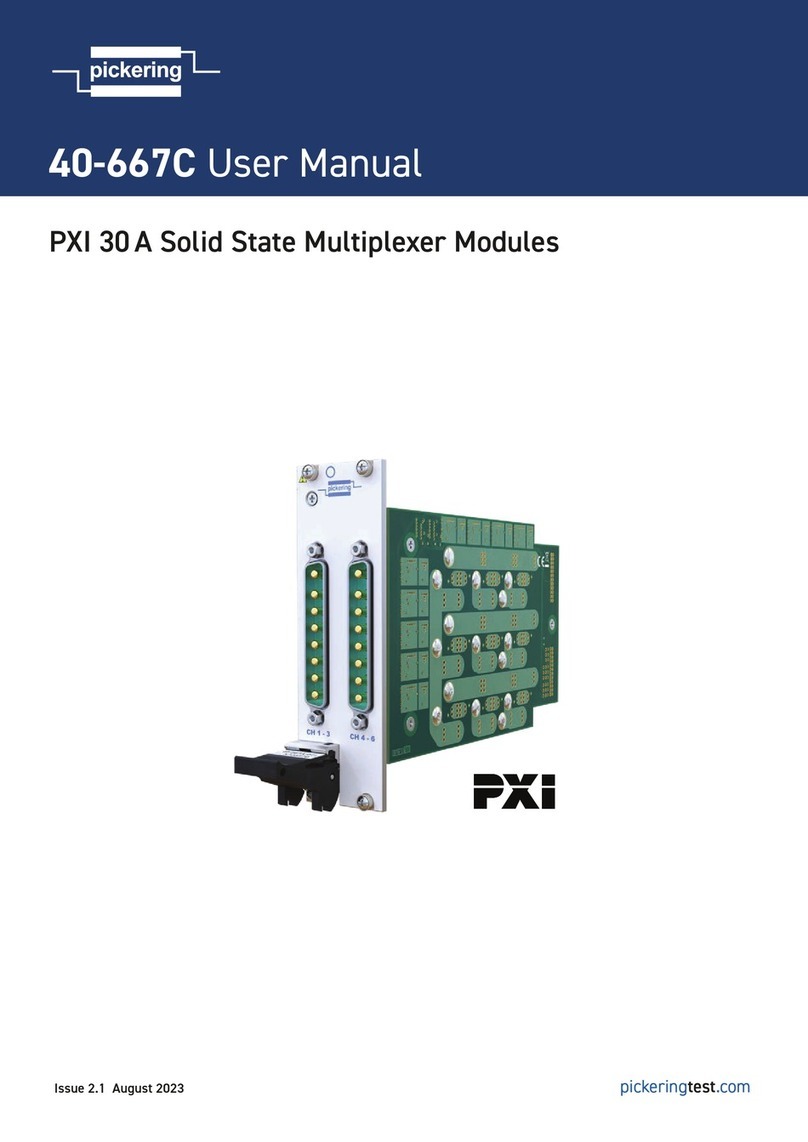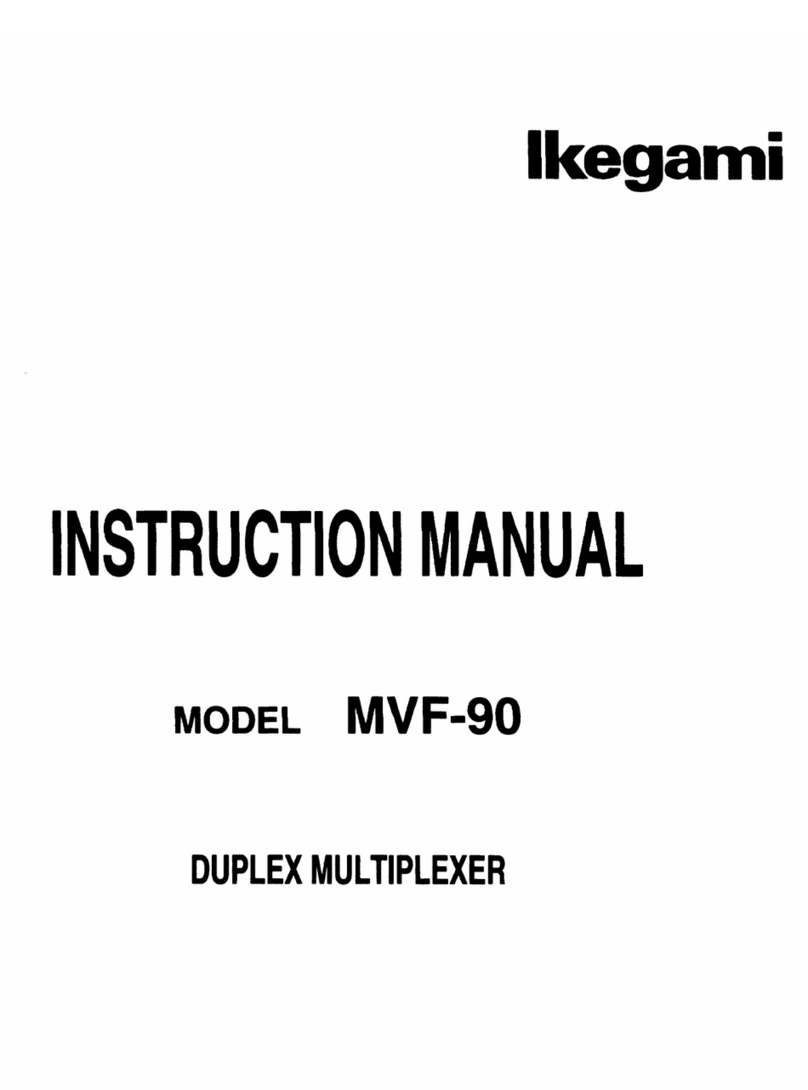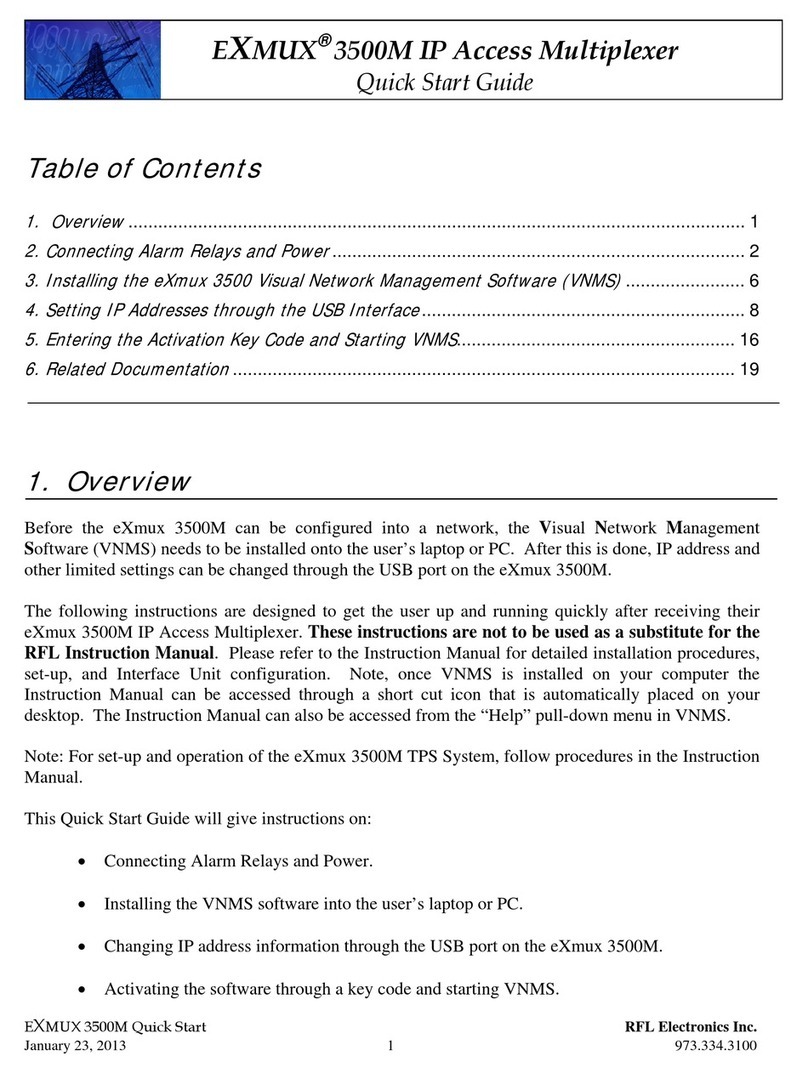
Table of Contents – ii
Table of contents
1. Introduction ....................................................................................................................................................1
1.1 Typical applications .....................................................................................................................................1
1.2 Compatibility..................................................................................................................................................1
2. Precautions..................................................................................................................................................... 2
3. Initial inspection ............................................................................................................................................ 2
4. QuickStart....................................................................................................................................................... 3
5. Overview......................................................................................................................................................... 9
6. AM16/32B specifications ............................................................................................................................10
7. Installation .....................................................................................................................................................12
7.1 Wiring to data logger ...............................................................................................................................13
7.1.1 Control terminals..................................................................................................................................13
7.1.2 COM terminals ......................................................................................................................................13
7.1.3 Measurement terminals .....................................................................................................................14
7.2 Grounding ....................................................................................................................................................14
7.3 Power supply ...............................................................................................................................................14
7.4 Installation in enclosure............................................................................................................................15
8. Operation ......................................................................................................................................................15
8.1 Programming...............................................................................................................................................16
8.1.1
Short Cut
programs .............................................................................................................................16
8.1.2 Using CRBasic MuxSelect() instruction ..........................................................................................18
8.1.3 General programming considerations...........................................................................................18
8.1.4 Mixed sensor types..............................................................................................................................19
8.2 General measurement considerations.................................................................................................19
8.2.1 Long cable lengths ..............................................................................................................................19
8.2.2 Completion resistors ...........................................................................................................................19
8.2.3 Contact degradation ...........................................................................................................................19
Appendix A. Importing
Short Cut
code into
CRBasic Editor
....................................................................20
Appendix B. Example measurements and programs ................................................................................21
B.1 Single-ended voltage measurement....................................................................................................21
B.2 Differential voltage measurement .......................................................................................................23
B.3 Half-bridge measurement ......................................................................................................................24
B.4 Full-bridge measurement .......................................................................................................................25
B.5 CS616 measurement.................................................................................................................................26
